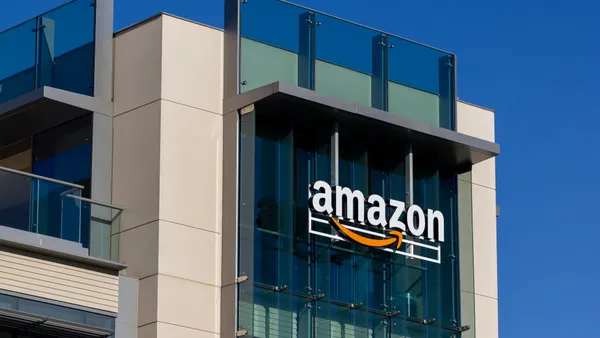Dive Brief:
- The growing consumer market in Southeast Asia is challenging consumer packaged goods (CPG) manufacturers to rethink buying decisions and retail channels, according to an analysis from McKinsey & Company.
- E-commerce is gaining steam in the region, with online grocery growing 26% in the last five years. But, only 20% of Southeast Asians have made any kind of online purchase, "which means there remains plenty of opportunity for companies to attract first-time online buyers and convert them into regular online shoppers," McKinsey stated.
- The analysis suggests CPG companies can "win" in the market by closely tracking ROI, deepening relationships with their retail and distribution partners and collaborating across functions within a company.
Dive Insight:
Sales and marketing organizations tailor their strategies to certain markets and customer segments. It is no different when developing supply chain strategies to support those same markets and customers.
A cohesive company-wide strategy that leverages the power and intelligence of the supply chain as a sales and operational strategy will have a greater chance at success in evolving markets.
Supply chain managers need to have a greater understanding and appreciation of unique customer requirements in order to develop effective strategies ranging from sourcing to fulfillment.
The days of the supply chain managers working the supplier-focused "back end" while sales and marketing handle the customer-focused "front end" of the business are gone forever. The stakes for this organizational bifurcation are just too high.
While the inclusion of supply chain management representation into the sales and operations planning process is a start, it most often takes a reactive approach to the work that the sales organization has already done. Moving the supply management function closer to the customer will allow for greater organizational alignment, better collaboration of all supply chain partners and a more complete understanding of unique customer needs.
Far too often supply chain management is a passive participant in servicing the customer when they need to be an active one. Companies need to close the gap between the aforementioned front end and back end. They can only compete effectively when they thoroughly understand the needs of customers, be it individual ones, those segmented by market or regional Southeast Asia customers.













